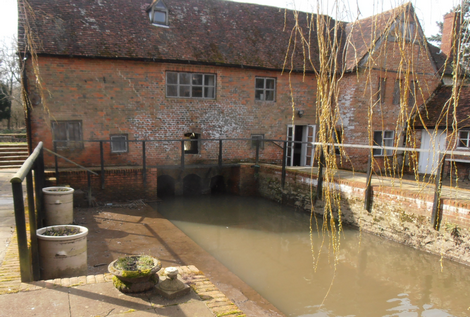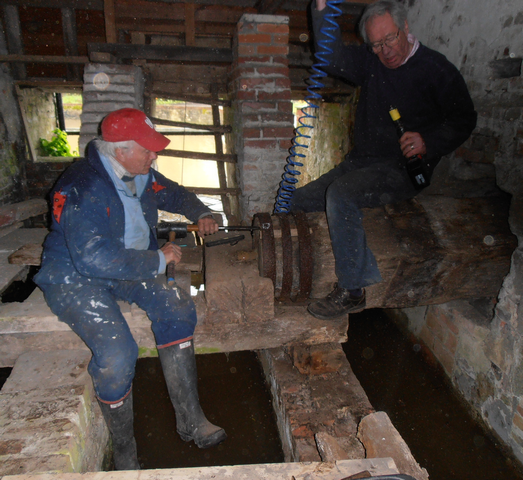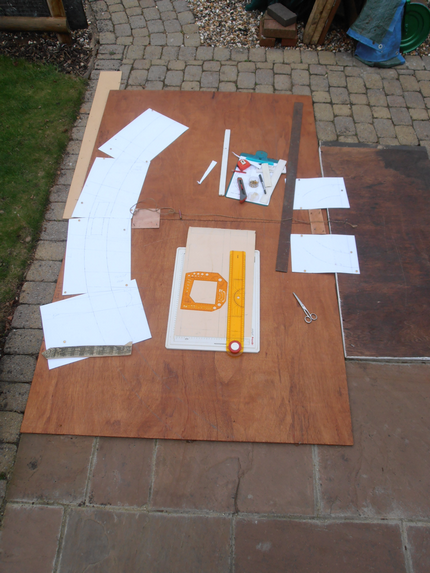|
   |
|
Page 8 |
Newsletter 105, Summer 2014 © Hampshire Mills Group |
Kingsley Mill, News
David Plunkett
|
|
This
ancient mill site has been known since the 14th
century and for the past two hundred years or so has
been a linked mill and mill house. It has been the
home of the Hills-Szumlicki family for about the
past fifty years. Richard Hills has carried on the
family tradition of maintaining and caring for this
property since his mother, Mrs Szumlicka, died in
2012.
It is a
rare and unusual mill for Hampshire; although it was
believed originally constructed as a corn mill it
was associated with the areas iron and forging
industry about two hundred years ago. The history of
this mill is well recorded in the HMG book ‘The
Mills and Millers of Hampshire’, Vol. 3 – North and
East, published in 2013.
It is
sited at the head of the River Slea (a southern
tributary of the River Wey) where two streams join,
being the Kingsley Stream and the Oakhanger Stream.
There is a small header pond in front of the mill
leading to two narrow waterwheel chambers and a
central bypass channel, built in stone, as are much
of the foundations. Each former waterwheel drove
two pairs
of millstones.
|
|
It is
understood that the production of flour for human
consumption ceased during the First World War due to
government regulations, but that milling continued
for animal feed into the inter-war years. Over the
years, one waterwheel and main gearing has been lost
while the set nearest to the house survive almost
complete. Although a fire in 1976 did much damage,
careful conservation and repair has ensured that the
surviving waterwheel and machinery are restorable to
working order. The outer bypass channel has been
strengthened and reinforced at its head. Measures to
better control the water flow were put in place.
The
Hampshire Mills Group has had two members meetings
at Kingsley Mill over the years and always had a
good cordial relationship with the Hills-Szumlicki
family. John Reynolds of Winchester and Jeff
Hawksley of Romsey, have surveyed the waterwheel
remains and produced drawings, to enable a working
model to be made. This has been undertaken by
Mathew Lovering and a video of it working is
available.
Back in
1965, J Kenneth Major and David Jones inspected the
property and produced a report for the owners. More
importantly David Jones detailed the main gearing
and operational controls of this mill, a fact which
has come to light very recently.
|

Rear view of Kingsley Mill in
flood |
Richard Hills
has sought the advice of other HMG members, including
myself. This resulted in a small team, led by myself,
offering to rebuild the decayed waterwheel. The waterwheel
project team includes Rupert Dawnay, Dave Hibbert, Ivor New
and Peter Mobbs. After some months of preparation and John
Reynolds design drawings, the oak timber has been purchased
and delivered.
The work is
progressing at this time on machining the timber to exacting
profiles of this narrow clasp arm waterwheel. Site
installation is programmed to begin in early June with
completion in late June.

Rupert and Ivor repairing the axle
|

Setting out the Water Wheel on the
Plunkett patio
|
   |
|
|
